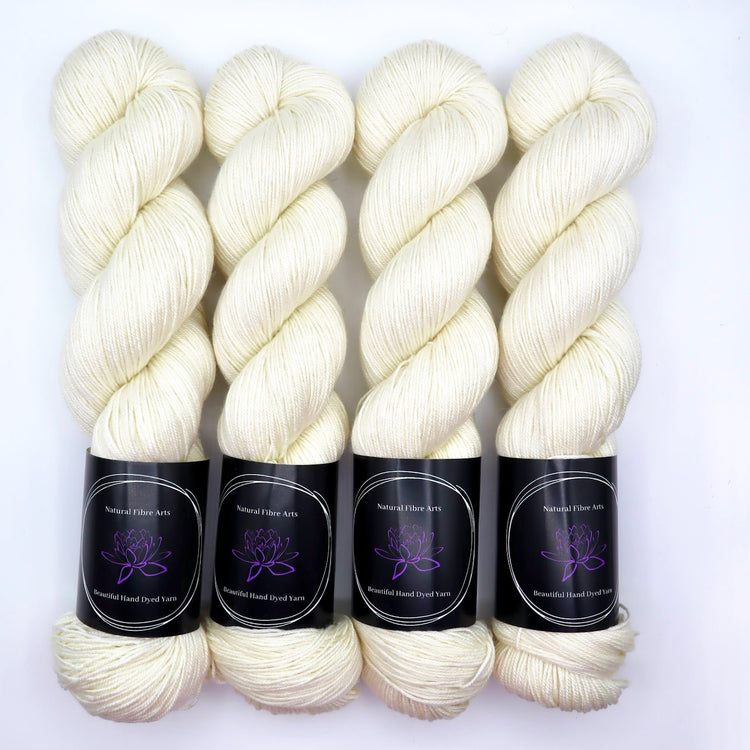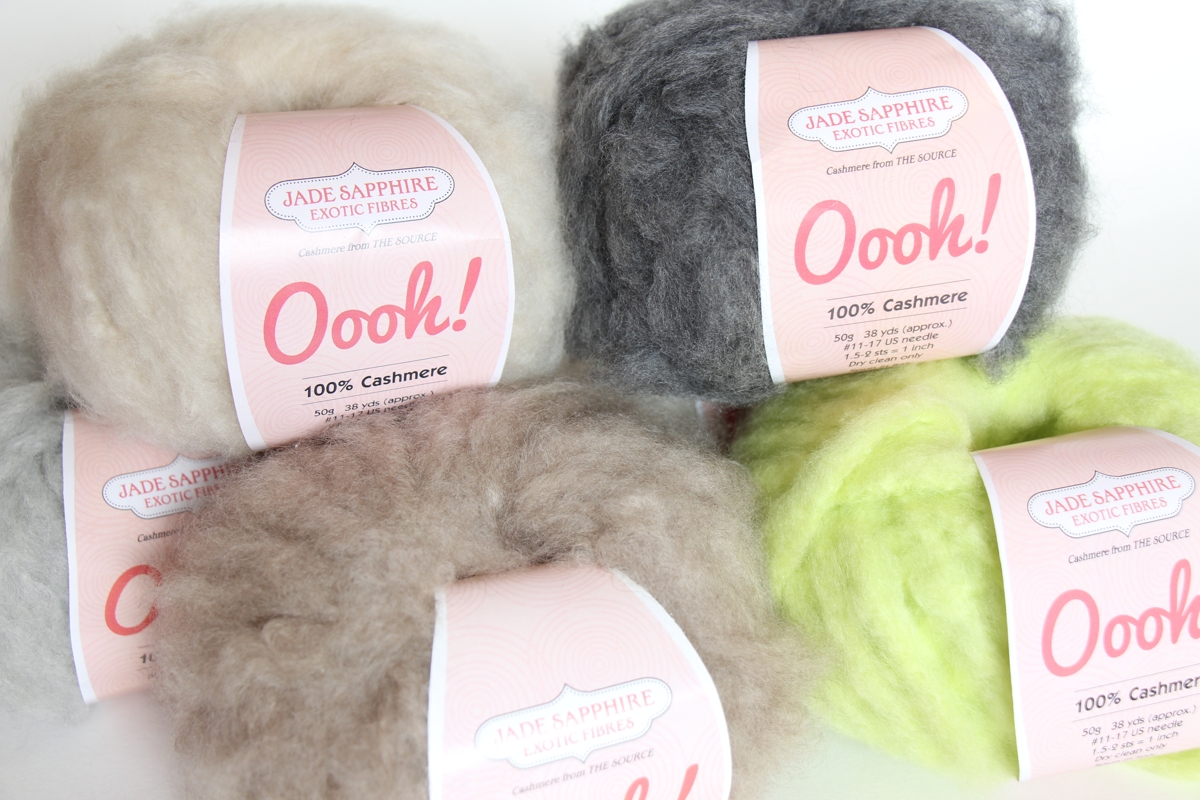What Is Cashmere and How Does It Differ to Other Fabrics?
What Is Cashmere and How Does It Differ to Other Fabrics?
Blog Article
Comprehending the Different Kinds of Cashmere an All-natural Fiber and Their Special Advantages

The Origins of Cashmere: A Historic Introduction
While the extravagant touch of cashmere proceeds to beauty modern-day customers, its beginnings map back to the harsh, cold climates of Mongolia and the Mountain ranges. For centuries, the native individuals of these areas have actually been increasing Capra Hircus goats, the prime resource of cashmere wool. These goats, durable against the severe wintertimes, grew a fine undercoat to make it through, which later became known as cashmere.

The Production Process: From Goat to Garment
Shearing a Capra Hircus goat notes the inception of the complex cashmere manufacturing process. This delicate treatment generally happens yearly during springtime. The penalty, soft undercoat is after that divided from the coarser outer hair, a procedure referred to as dehairing. The resultant raw cashmere is after that washed to remove contaminations such as vegetable, dust, and grease matter.
The clean fiber is subjected to dyeing, rotating, and weaving, or knitting, to change it into a material. Complicated treatments like quality assurance checks and completing procedures adhere to, ensuring the end item preserves the luxurious requirement expected of cashmere. This painstaking process, from goat to garment, validates the high cost connected to cashmere items, making them a sign of high-end and improvement.
The Different Kinds Of Cashmere: A Thorough Analysis

The Special Benefits of Cashmere: Comfort and Sustainability
Moving you can find out more from the range of cashmere types to the advantages they supply, comfort and sustainability stand apart plainly. Cashmere, an all-natural fiber, is renowned for its exceptional gentleness, giving a degree of convenience that artificial fibers can not match. The product's agility, yet remarkable warmth retention, makes it perfect for all seasons. Moreover, cashmere's all-natural elasticity enables it to return to its initial shape, making it resistant to diminishing or extending.
When it comes to sustainability, cashmere is eco-friendly and biodegradable, as it's collected from cashmere goats that regrow their coats yearly. what is cashmere. Unlike synthetic fibers which can take centuries to decay, cashmere's influence on the atmosphere is minimal. This combination of convenience and sustainability makes cashmere a helpful option for mindful consumers

Taking Care Of Your Cashmere: Upkeep and Preservation Tips
While cashmere is unquestionably a sustainable and lavish option, it requires specific treatment to maintain its high quality and extend its life-span. To begin, cashmere need to be hand washed making use of cool water and a moderate detergent. Cashmere things need to be stored in a completely dry and great location, away from straight sunlight and moisture.
Investing in Cashmere: Recognizing Its Worth and Well Worth
Although cashmere may at first seem like an expensive financial investment, its long-term value and worth come to be apparent when you consider its exceptional qualities. Understood for its unrivaled soft browse this site qualities and heat, cashmere is a premium all-natural fiber that exceeds other materials. Spending in cashmere, therefore, is not just concerning existing fashion patterns, yet concerning embracing a lasting, durable, and glamorous way of living.
Conclusion
In summary, the kind of cashmere one chooses, be it Mongolian, Chinese, or Italian, is dictated by private preferences for warmth, sustainability, budget, and high-end. The value of cashmere extends beyond its price, with comfort and durability including hop over to here in its well worth. Correct treatment and upkeep can guarantee its conservation. For that reason, comprehending the beginnings, manufacturing procedure, and one-of-a-kind benefits of different types of cashmere can direct consumers in their investment in this extravagant natural fiber.
Whether it's the remarkable warmth of Mongolian cashmere, the cost of Chinese cashmere, or the eco-conscious production of Italian cashmere, there's a tale to be found behind each fiber type. Cashmere, an all-natural fiber, is renowned for its unmatched gentleness, offering a level of comfort that artificial fibers can't match.When it comes to sustainability, cashmere is biodegradable and eco-friendly, as it's collected from cashmere goats who regrow their layers yearly. Recognized for its unequaled softness and warmth, cashmere is a costs natural fiber that surpasses various other materials. Recognizing the origins, manufacturing procedure, and special benefits of different kinds of cashmere can direct customers in their investment in this lavish natural fiber.
Report this page